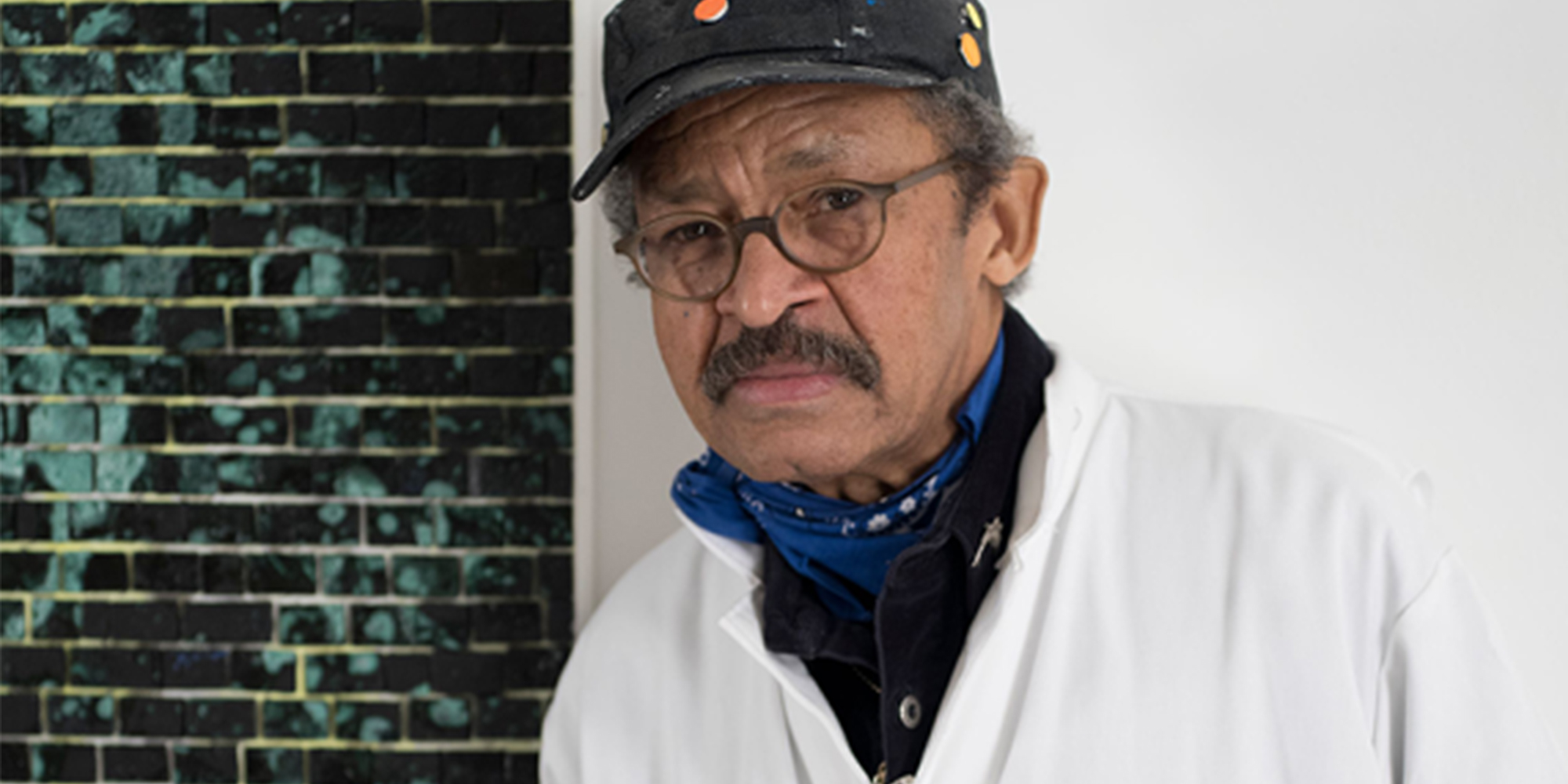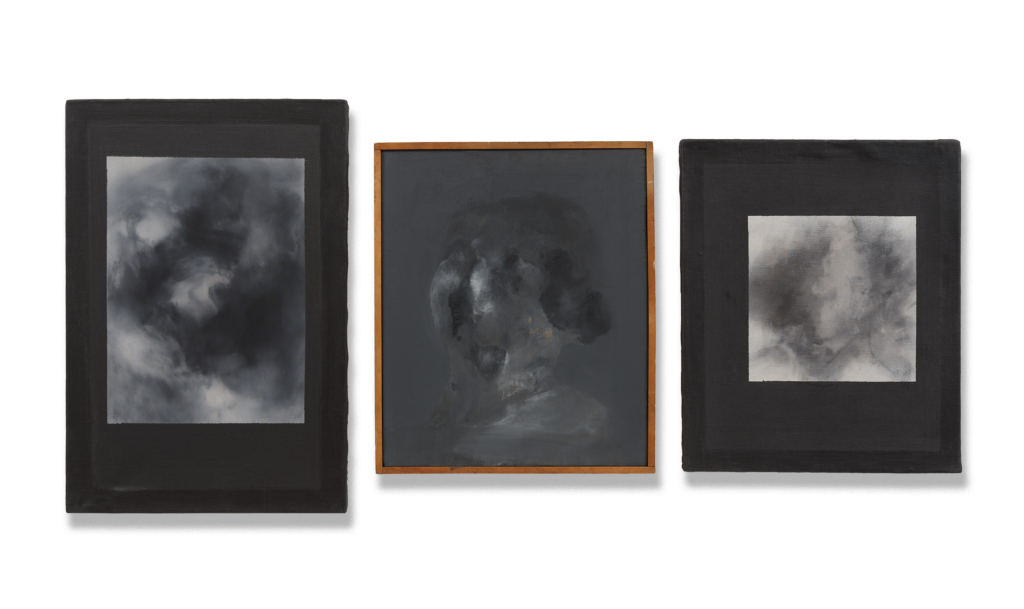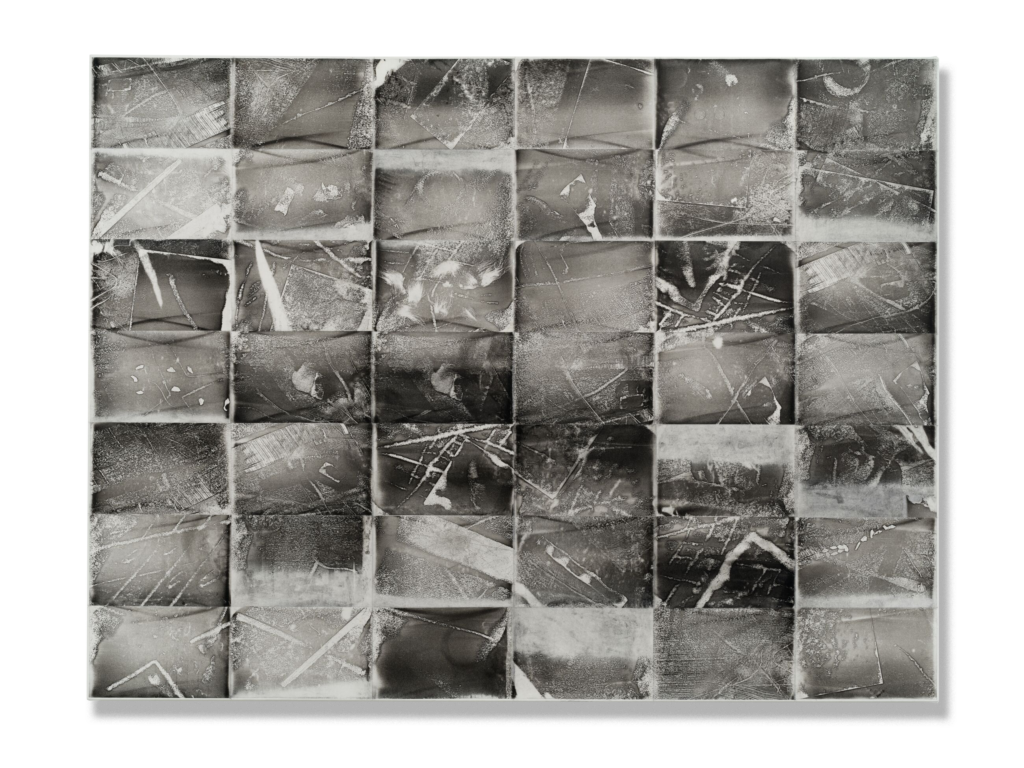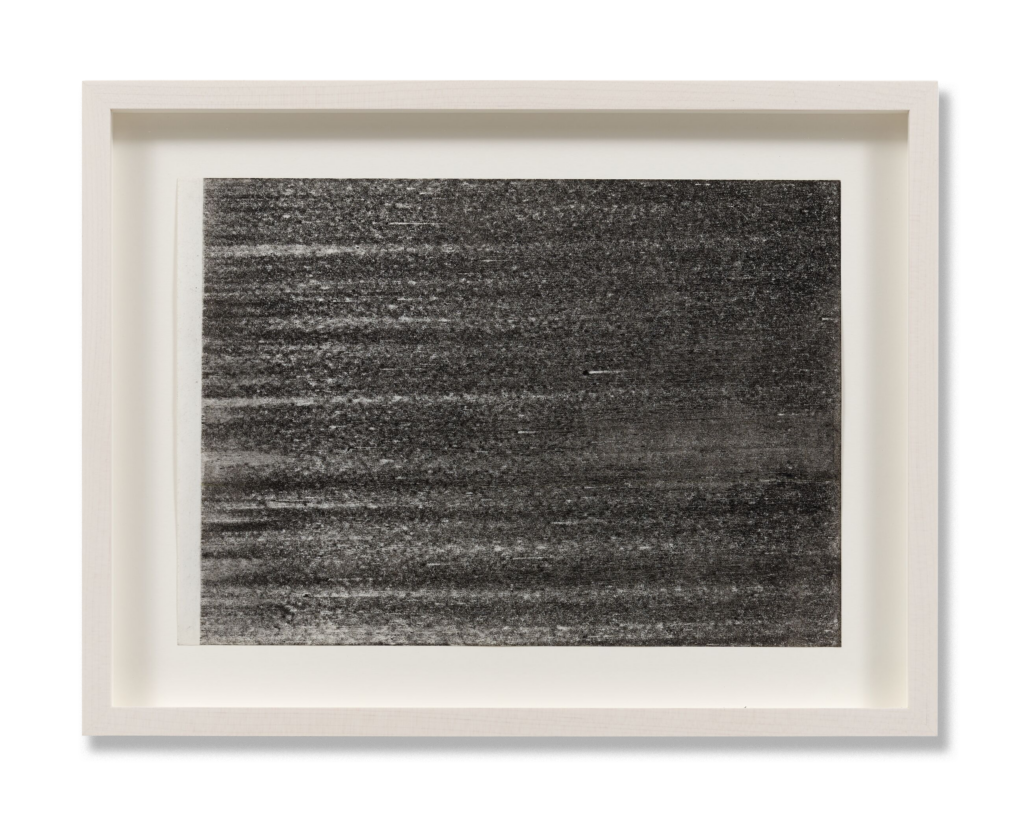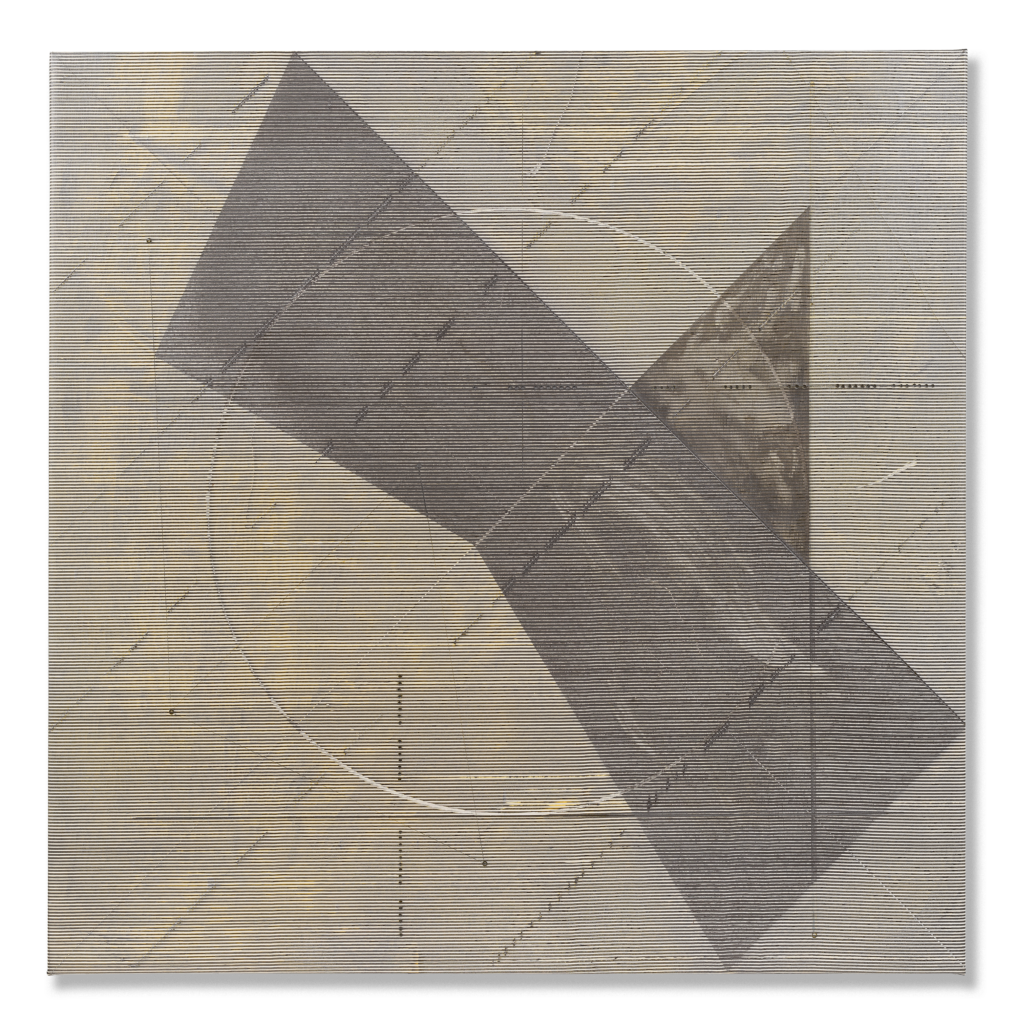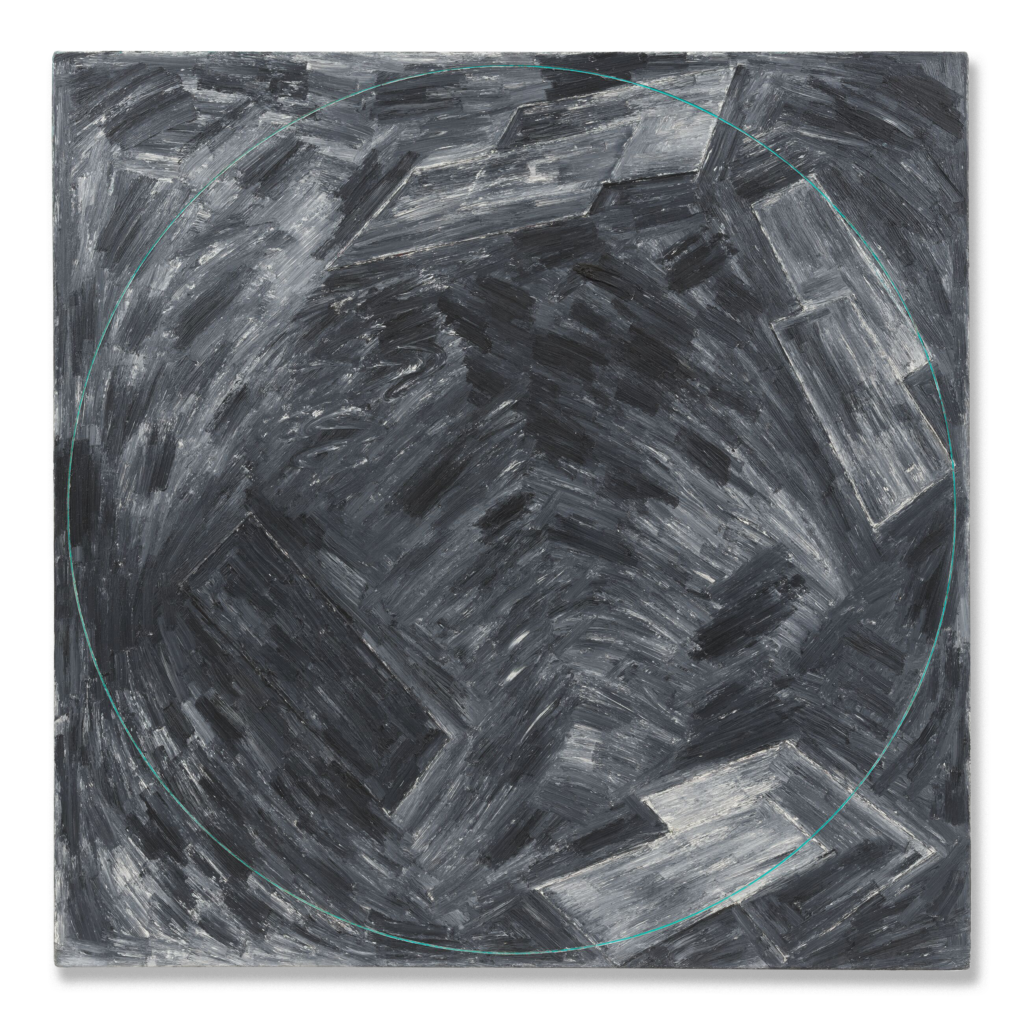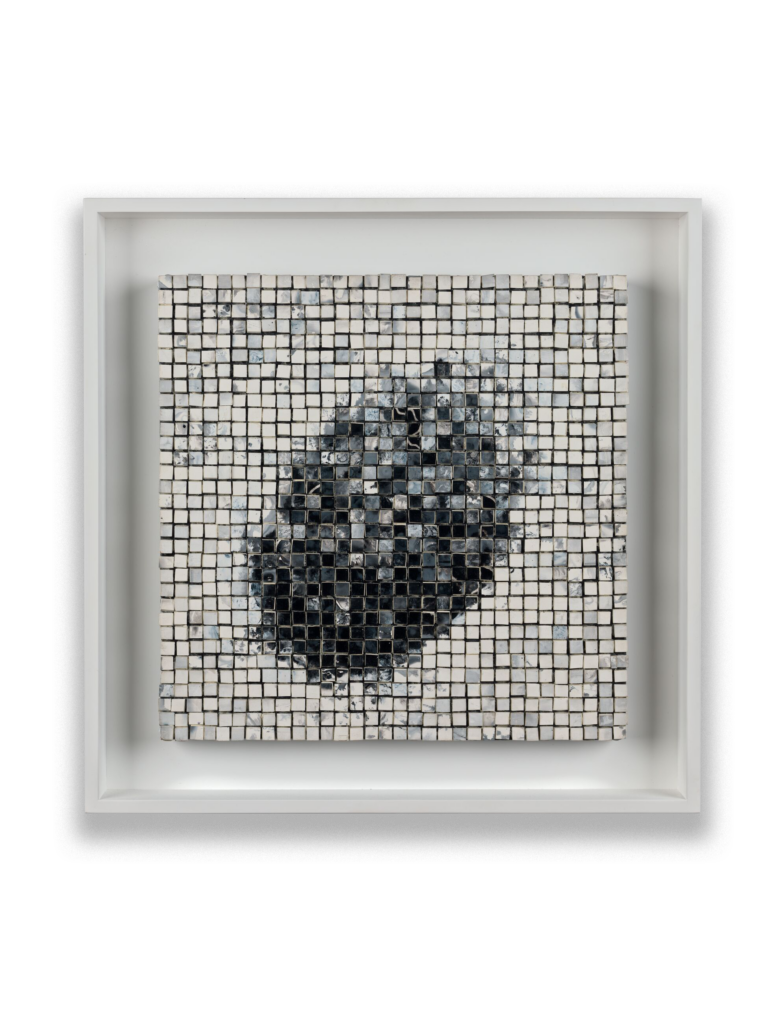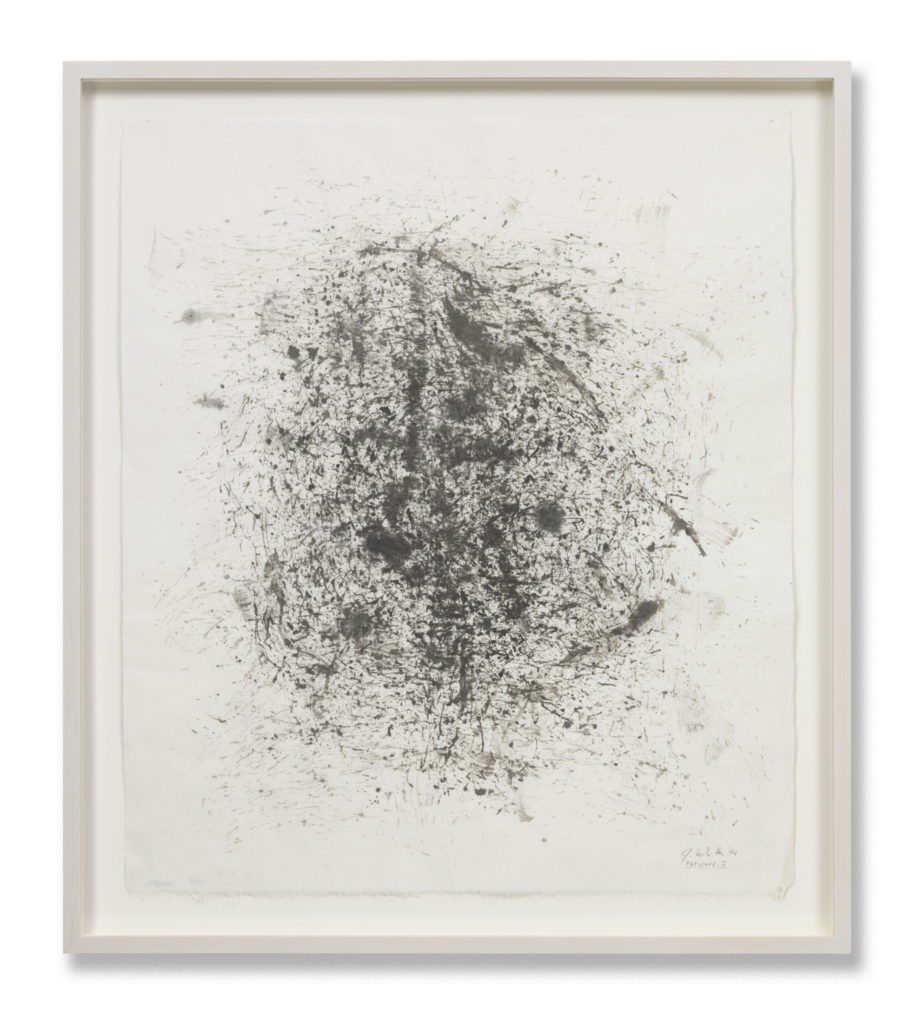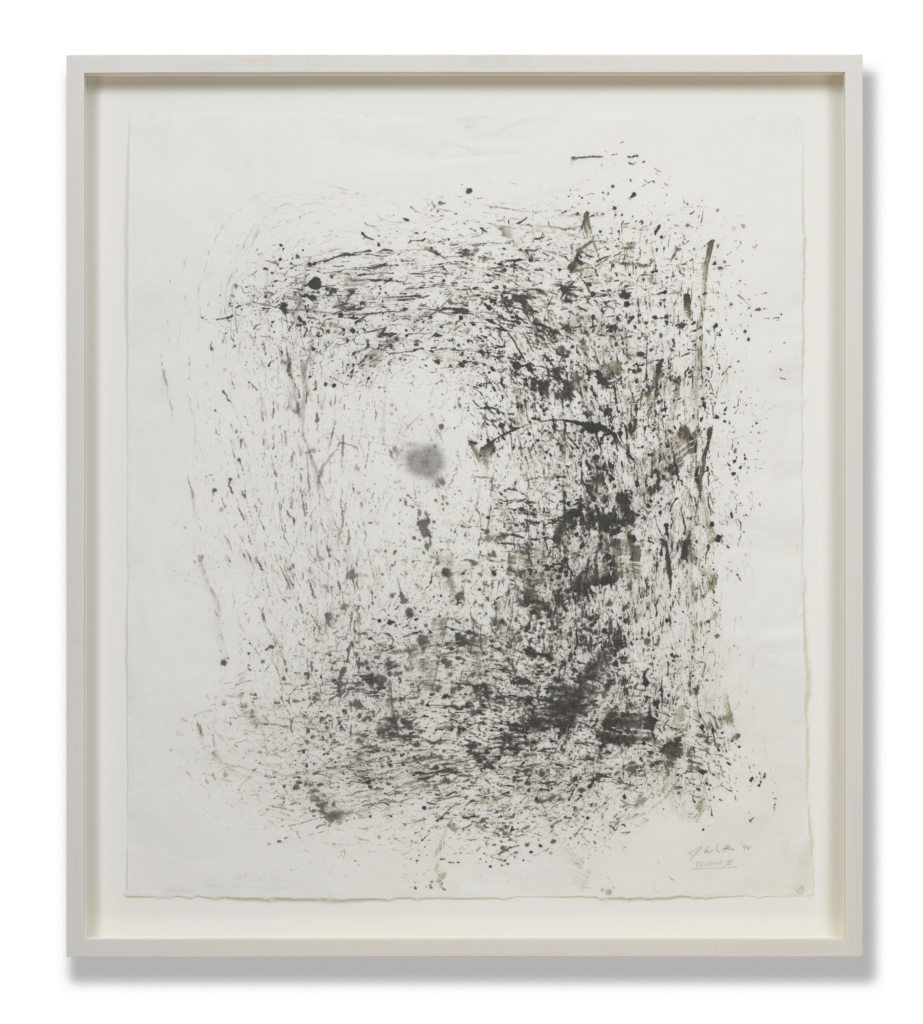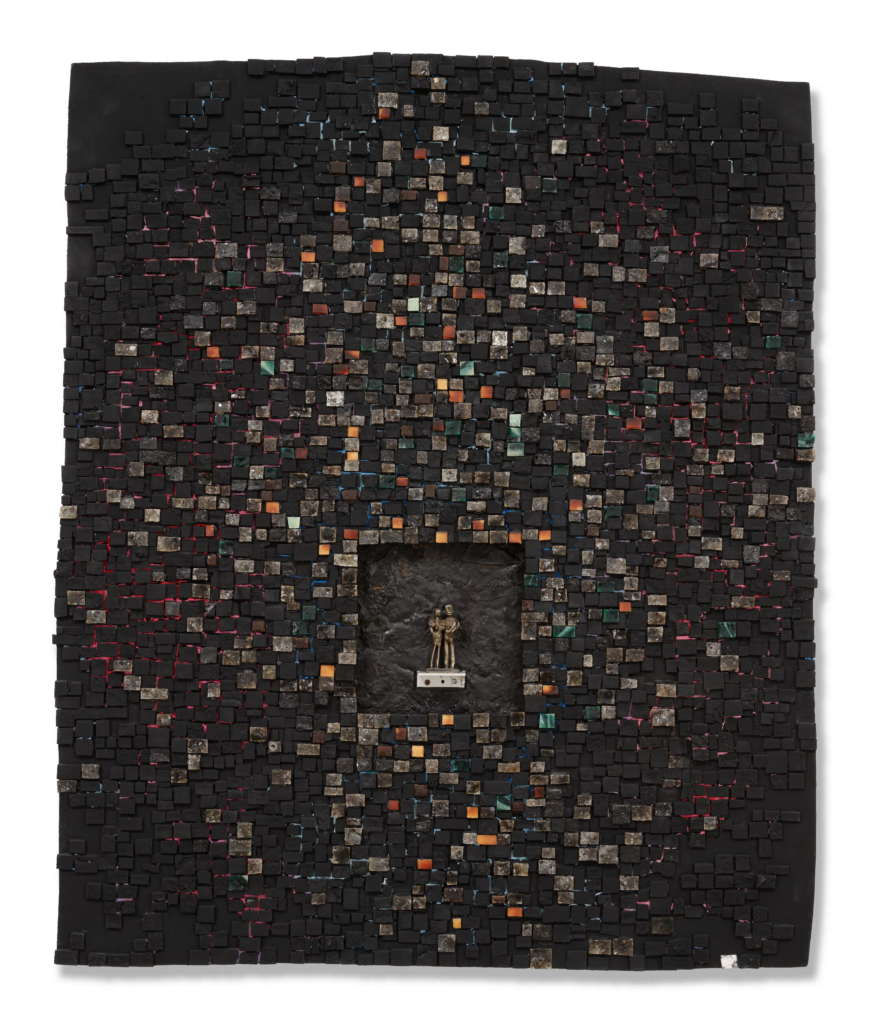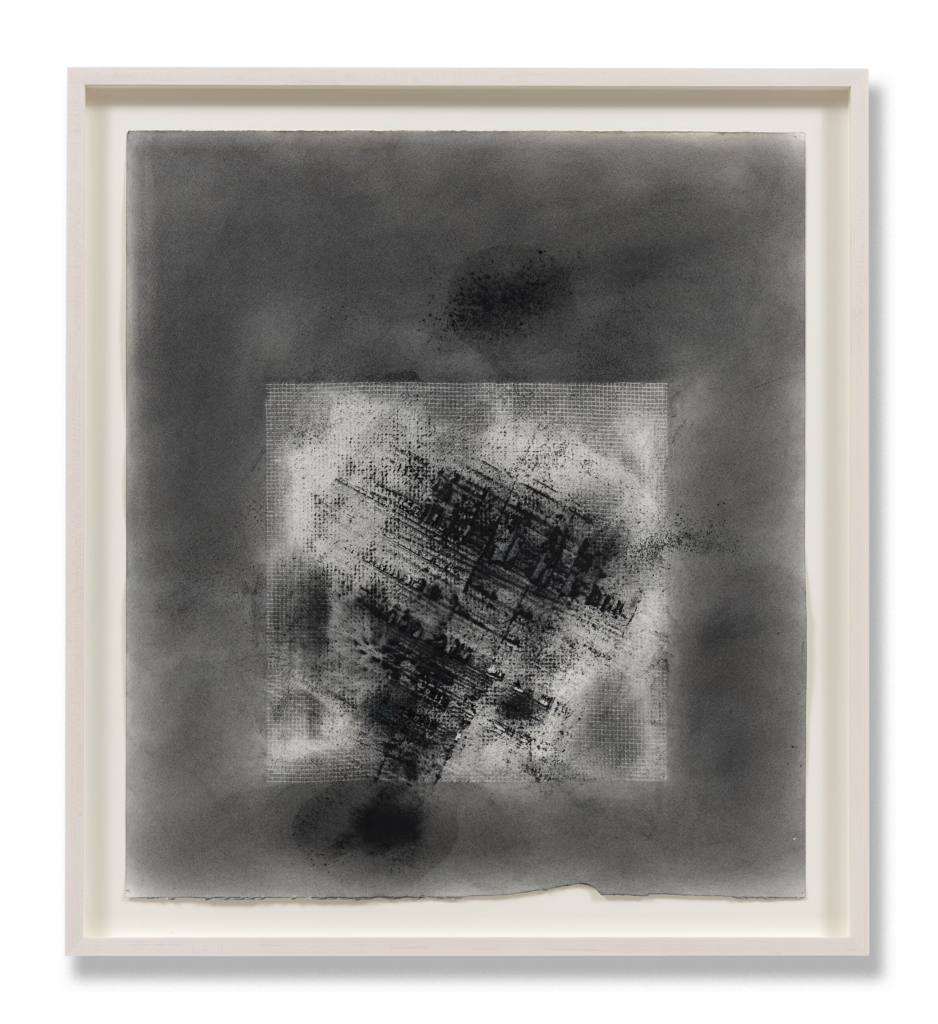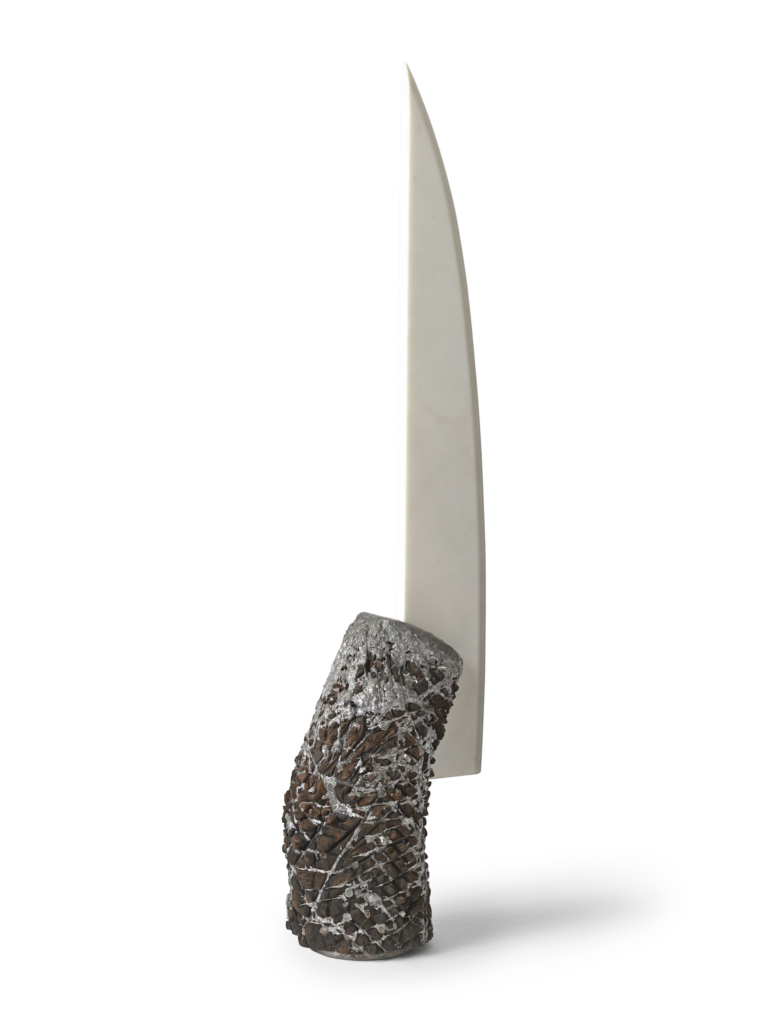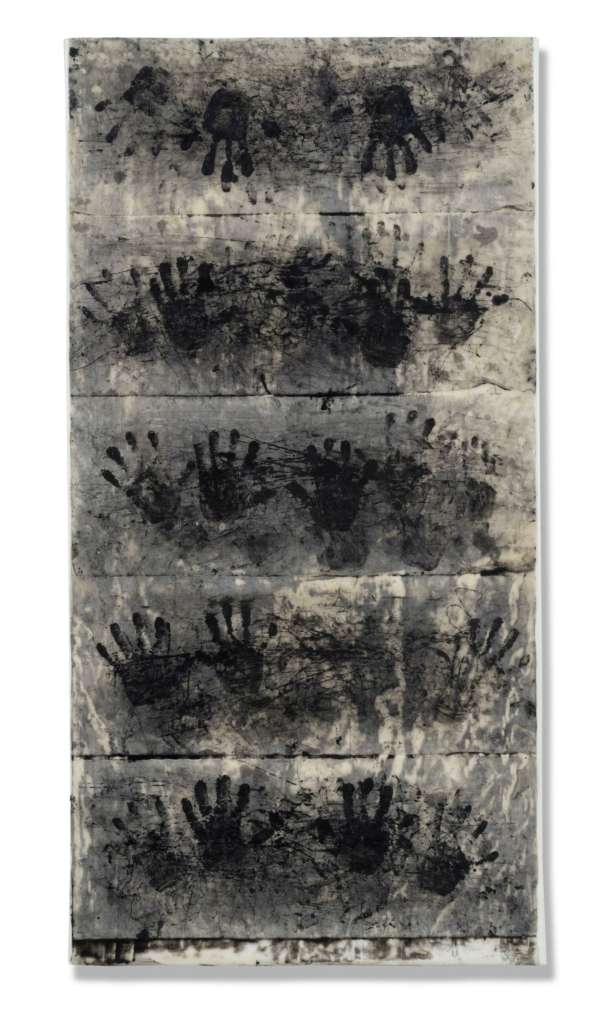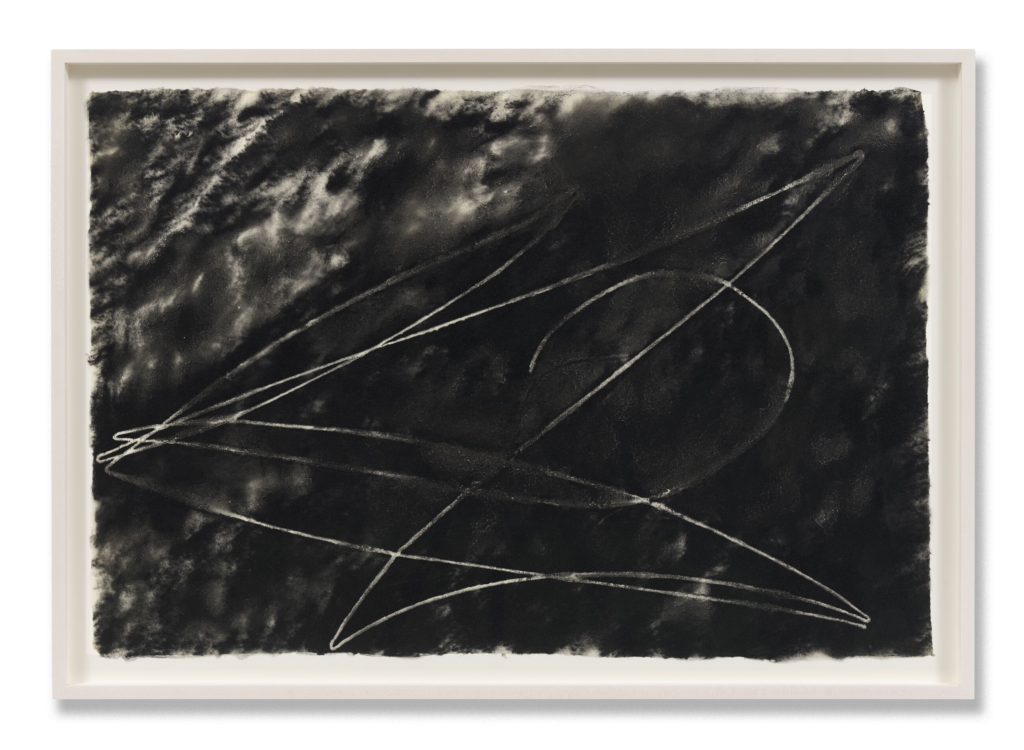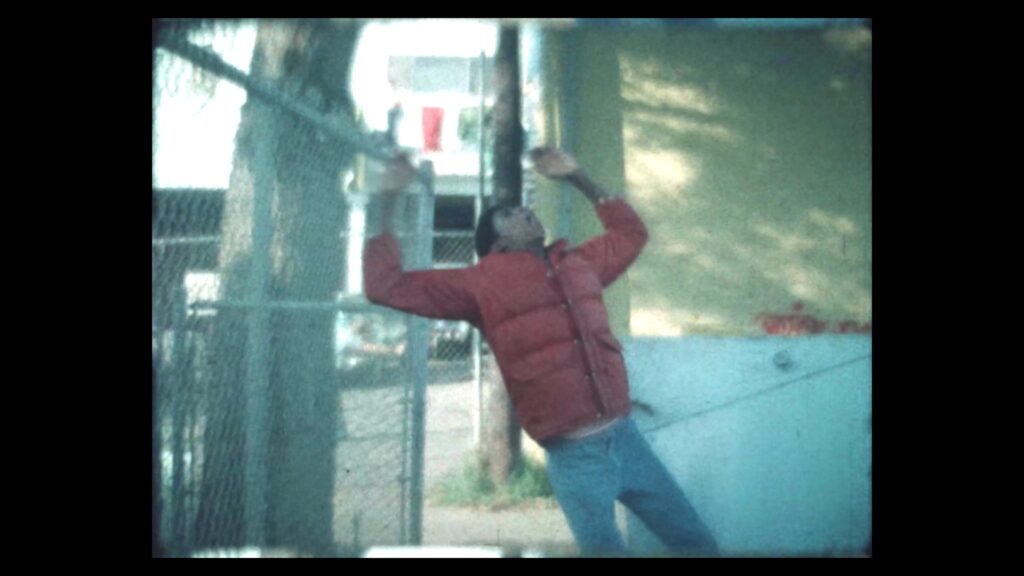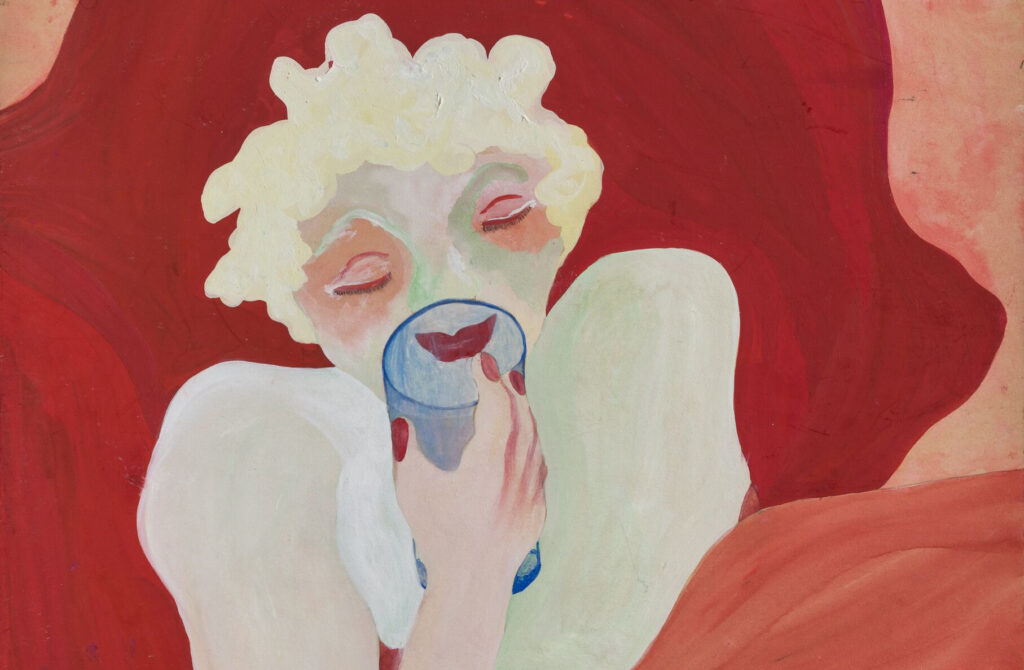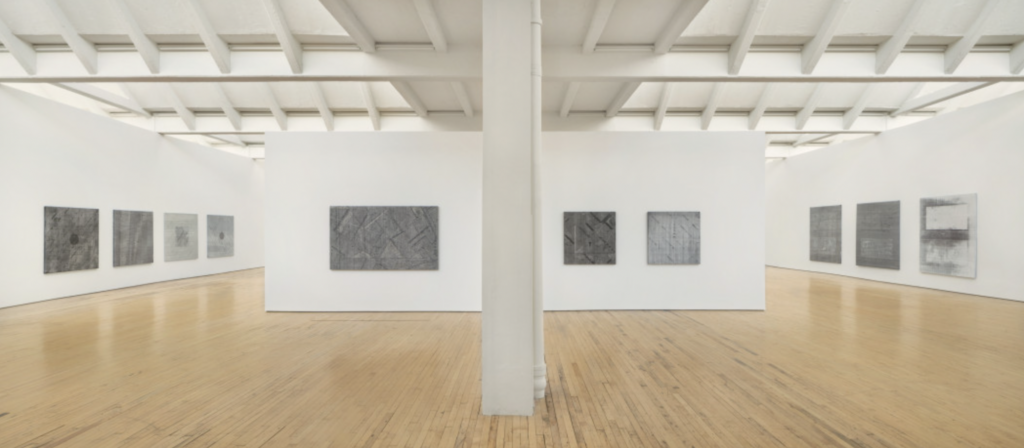Jack Whitten: Not just a formal exercise
17 – 21 May
Frieze New York
Hauser & Wirth’s stand at Frieze New York 2023 is dedicated to a solo presentation of work by late American abstractionist Jack Whitten (1939-2018). One of the most influential artists of his generation, Whitten is renowned for his innovative processes, applying and transfiguring paint in works equally concerned with materiality, politics and metaphysics. This highly curated selection of paintings, works on paper and sculpture not only examines Whitten’s tireless technical experimentation over six decades of making, but reconsiders his use of an intentionally restrained black and white palette. Stemming from a desire to combine the formal elements of color with their political and sociological associations, Whitten recognized that, ‘…getting rid of all the chroma and taking it to black and white is not just a formal exercise. I’m very much aware of the meaning of black and white in American society, which informs who I am as an African American.’
1960s
As a young African-American man in the 1960s, Jack Whitten produced works that were driven by the politics of race and the necessary search for identity. The works that constitute this decade in the artist’s life and career are intimate and, at times, biographical.
1970s
During the 1970s, Whitten made the conscious decision to remove the gesture of learned painting from his work, switching gears to focus more on mechanical automation. He relied heavily on the capacities of Xerox’s electrostatic printing technology, which allowed him to push traditional visual vocabulary and manipulate the idea of plane and space.
1980s
In lieu of following the commercially driven aesthetics of the 1980s, Whitten turned his focus toward spirituality and thought. The concept of mechanical automatism is directly in tandem with Whitten’s intrigue with the divine. Working with self-constructed tools and varying supports, he was reevaluating notions of control.
1990s
The artist’s selective return to control and choice is further demonstrated by his use of Sumi ink. One can see the beauty of Sumi ink’s capacities in Whitten’s ‘Presence’ series, made in 1994. This body of work, characterized by their evidently serendipitous marks, is representative of Whitten’s fascination and commitment to materiality; however, the challenge and subsequent blessing of this medium is that there is no such thing as erasure.
2010s
Rather than concerning himself with the modernist notion of progression in relation to the advancement of time, Whitten found it more advantageous to educate himself by going back in time. His tautological approach to learning is made manifest in series like ‘Loop’ and ‘Transmission’. Perceiving the body as a transmitter of cosmic data, one can interpret these drawings as an illumination of the relationship between the stimuli that comprises space-time and their engagements with the human brain.
On View in New York
From Hauser & Wirth Publishers
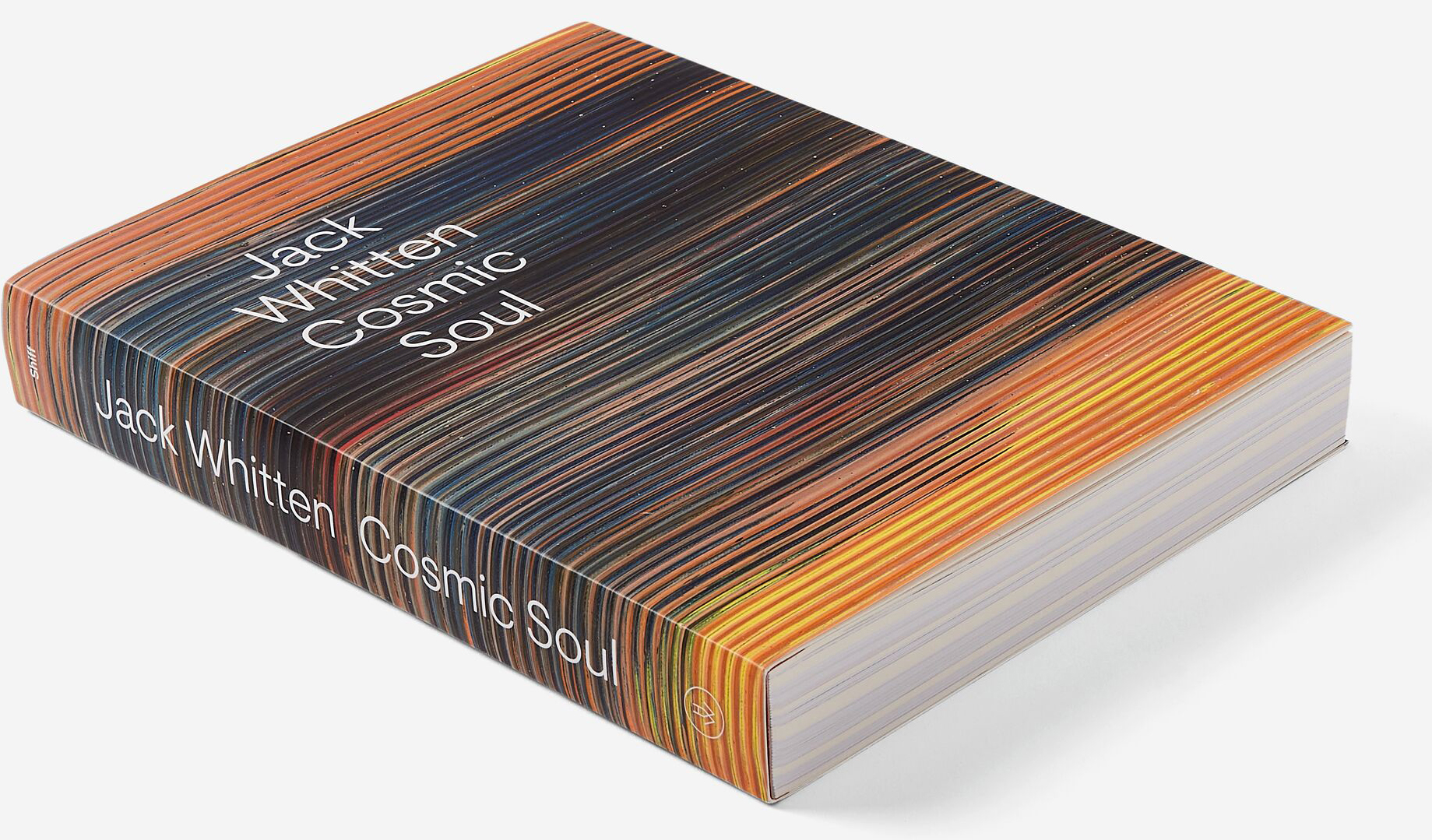
Jack Whitten
Cosmic Soul
This comprehensive monograph, authored by art historian Richard Shiff, offers a multifaceted and critical interpretation of Jack Whitten’s art-making and philosophy of life.
About Jack Whitten
Born in Bessemer, Alabama in 1939, Whitten was an active participant in the Civil Rights Movement before moving north to New York City in the early 1960s and enrolling at Cooper Union. He mingled downtown with the Abstract Expressionists, absorbing the influence of Willem de Kooning, Mark Rothko, Franz Kline, and Philip Guston, while engaging uptown with Norman Lewis and Romare Bearden. But Whitten would soon prioritize his own distinctly experimental vision, engineering breakthrough after breakthrough with techniques and materials, articulating new pathways between artworks and their inspirations.
